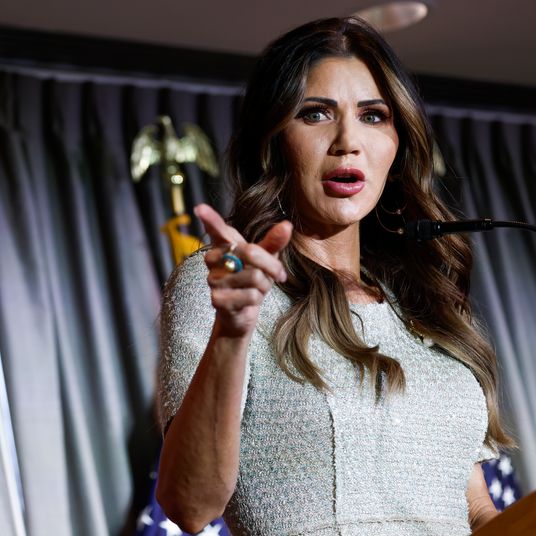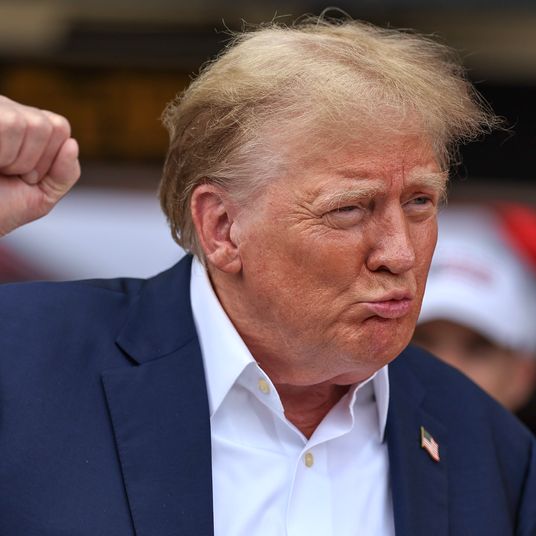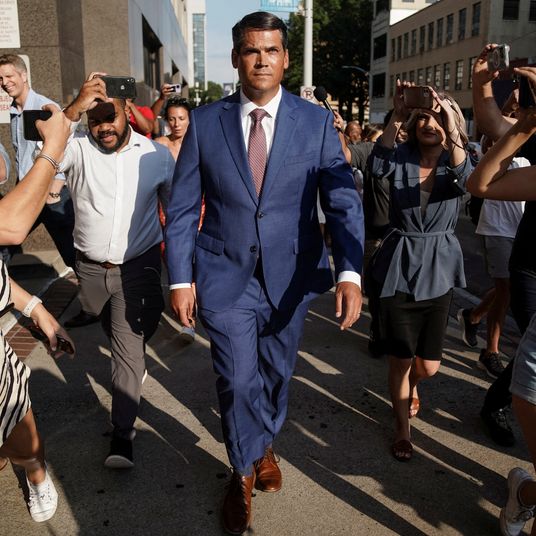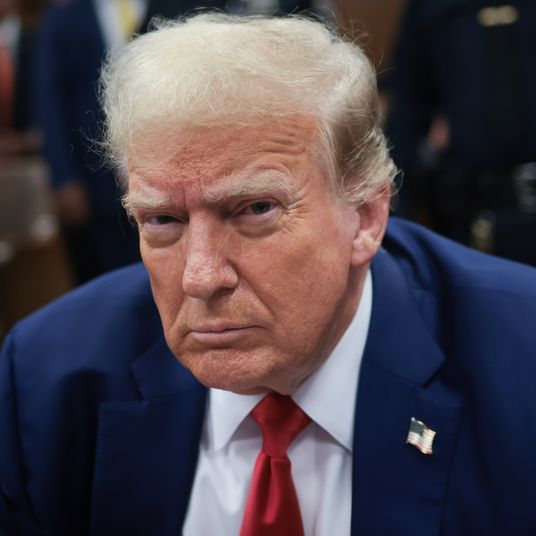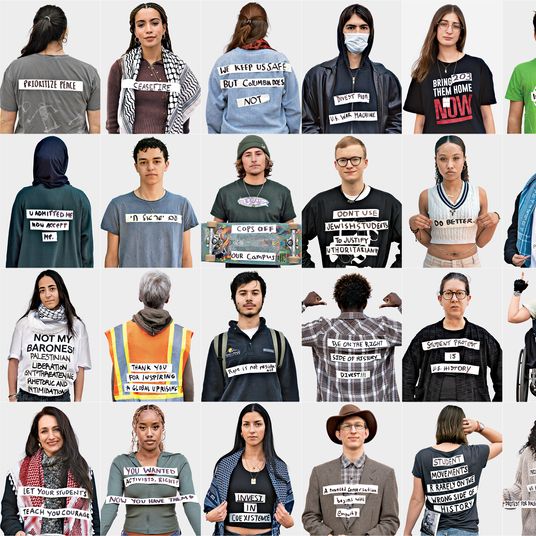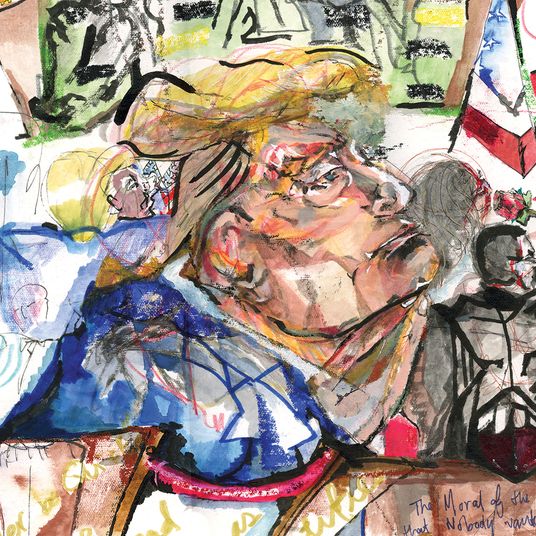
The Biden administration officially unveiled its infrastructure plan on Wednesday, a $2 trillion proposal that would address the nation’s aging roads and waterways, eliminate lead water pipes across the country, and invest in green-energy initiatives such as electric vehicles.
The American Jobs Plan would “invest about 1 percent of GDP per year over eight years” and would be fully paid for within 15 years if passed in tandem with President Biden’s planned changes to the corporate tax code, according to the White House.
Below, some of the highlights of the plan.
$621 billion for transportation infrastructure
Of this money, $115 billion would go toward modernizing 20,000 miles of highways, roads, and main streets nationwide and repairing the “most economically significant large bridges” as well as 10,000 smaller bridges. That amount includes funding for decreasing congestion and reducing carbon emissions and air pollution. Additionally, $20 billion would be invested to improve road safety. The plan would invest $85 billion in order to modernize existing transit and expand those systems to meet rider demand, and $80 billion would go toward improving Amtrak’s corridors and addressing its backlog of repairs.
The administration wants to invest $174 billion in the electric-vehicle market in order to promote job growth while decreasing emissions. This also includes a plan to replace 50,000 diesel transit vehicles, make at least 20 percent of the nation’s school buses electric, and move toward electrifying the federal government’s fleet of vehicles.
$45 billion to eliminate lead pipes
Biden wants to eliminate 100 percent of lead piping across the country and intends to reach this goal by having $45 billion in funds directed to the EPA’s Drinking Water State Revolving Fund. The plan also calls for $56 billion in flexible loans and grants to be provided to states, territories, and tribes for the purpose of modernizing water systems.
$100 billion for broadband coverage
The money would go toward building the infrastructure to eventually reach the goal of 100 percent high-speed broadband coverage while also promoting price transparency with broadband providers. The plan includes “support for broadband networks owned, operated by, or affiliated with local governments, nonprofits, and co-operatives” and would place an added emphasis on expansion in tribal communities.
$100 billion to modernize the electrical grid
The plan would establish a Grid Deployment Authority at the Department of Energy that “allows for better leverage of existing rights-of-way — along roads and railways — and supports creative financing tools to spur additional high-priority, high-voltage transmission lines.” Biden also put forward the idea for a “ten-year extension and phase down of an expanded direct-pay investment tax credit and production tax credit for clean energy generation and storage.” This aims to promote the creation of green-energy jobs.
$16 billion to plug gas and oil wells and restore abandoned mines
The money would go toward orphan wells and uranium, coal, and hard-rock mines, many in rural regions, that are posing environmental and safety risks.
$213 billion for housing
Biden says this amount is needed to “produce, preserve, and retrofit more than two million affordable and sustainable places to live.” Forty billion dollars would go toward improving the infrastructure of the country’s public-housing system. Biden also calls for the elimination of local and state exclusionary zoning laws and for Congress to pass the Neighborhood Homes Investment Act, which he says will result in 500,000 newly built or rehabilitated homes.
$100 billion to schools
This investment would go toward upgrading and building new public schools. Fifty billion dollars of this money would come from direct grants, and the other $50 billion would come from bonds.
The plan also calls for $25 billion to increase the number of child-care facilities and upgrade existing ones.
The president is advocating for an expanded tax credit that would encourage employers to build child-care facilities at their workplaces. According to the plan, “Employers will receive 50 percent of the first $1 million of construction costs per facility.”
$400 billion to care services
The funds would go toward expanding access to affordable community care or home care for the elderly or individuals with disabilities. They would also expand access to long-term care through Medicaid.
$30 billion to prepare for future pandemics
Over four years, this funding would go toward “investments to shore up our nation’s strategic national stockpile; accelerate the timeline to research, develop and field tests and therapeutics for emerging and future outbreaks; accelerate response time by developing prototype vaccines through Phase I and II trials, test technologies for the rapid scaling of vaccine production, and ensure sufficient production capacity in an emergency; enhance U.S. infrastructure for biopreparedness and investments in biosafety and biosecurity; train personnel for epidemic and pandemic response; and onshore active pharmaceutical ingredients.”









